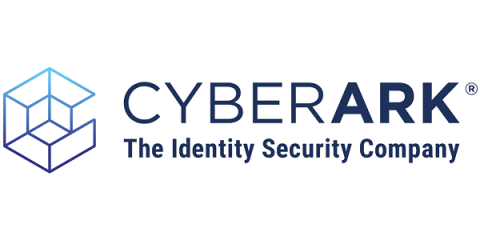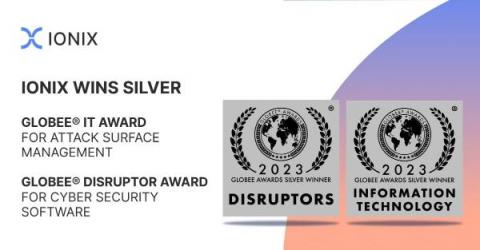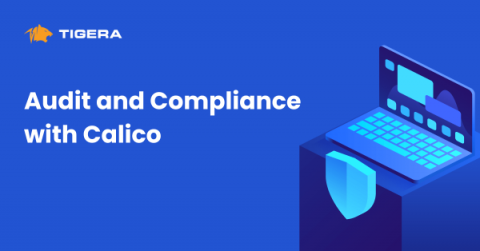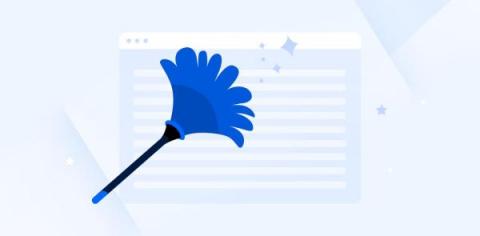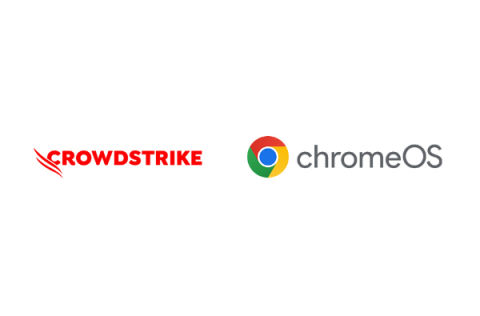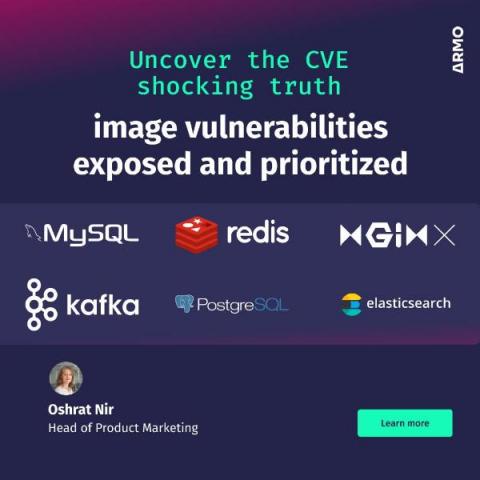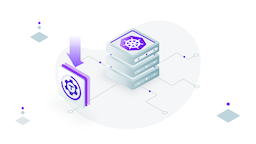Synthetic Identity: When AI and ML Crunch (Your) Harvested Data
ChatGPT knows a lot about Len Noe, CyberArk’s resident technical evangelist, white hat hacker and biohacker. The biohacker piece of his title is a nod to the fact that Noe is transhuman (you might call him a cyborg and be right), which is why his grandkids call him “Robo Papa.” ChatGPT knows all of this.


